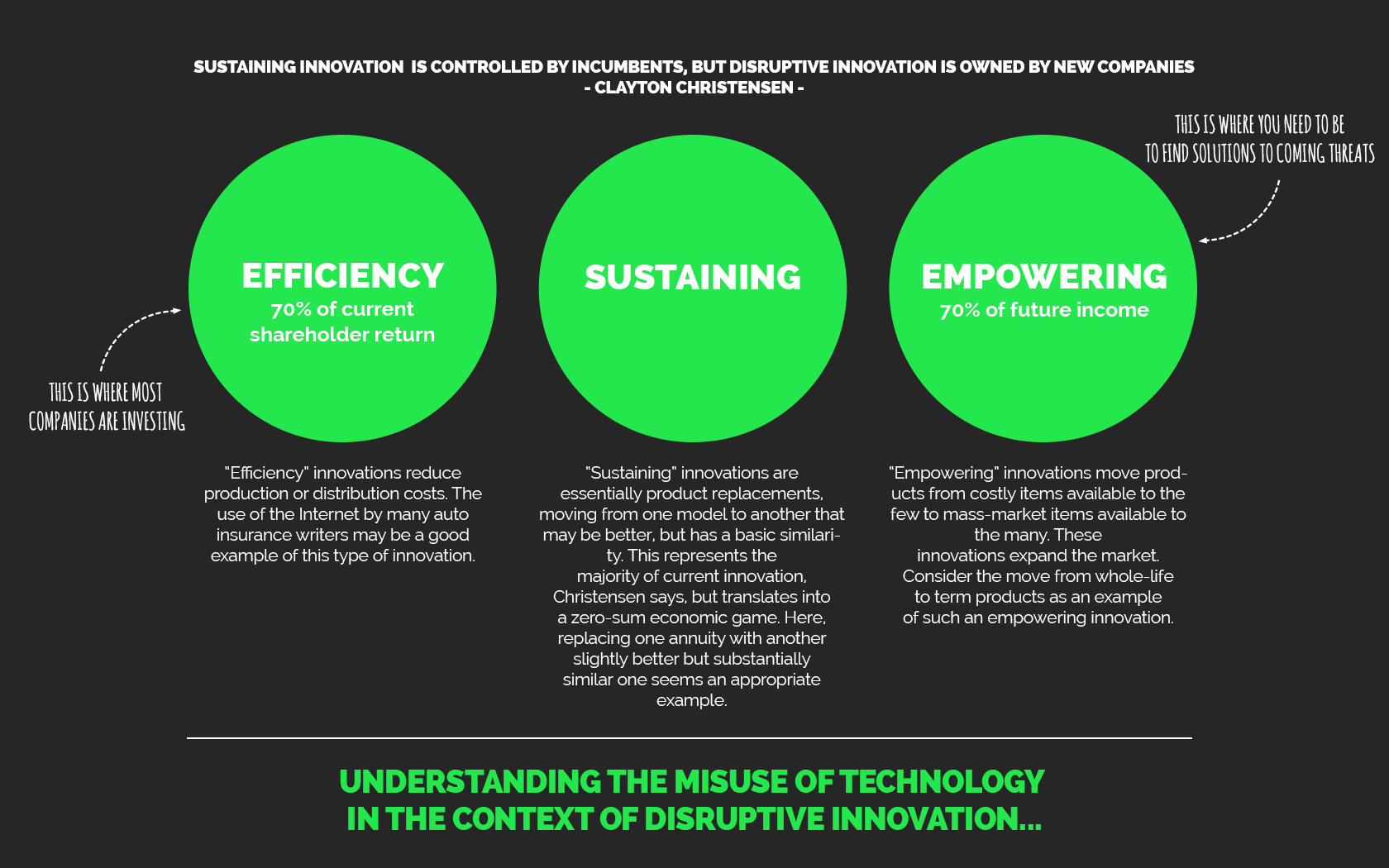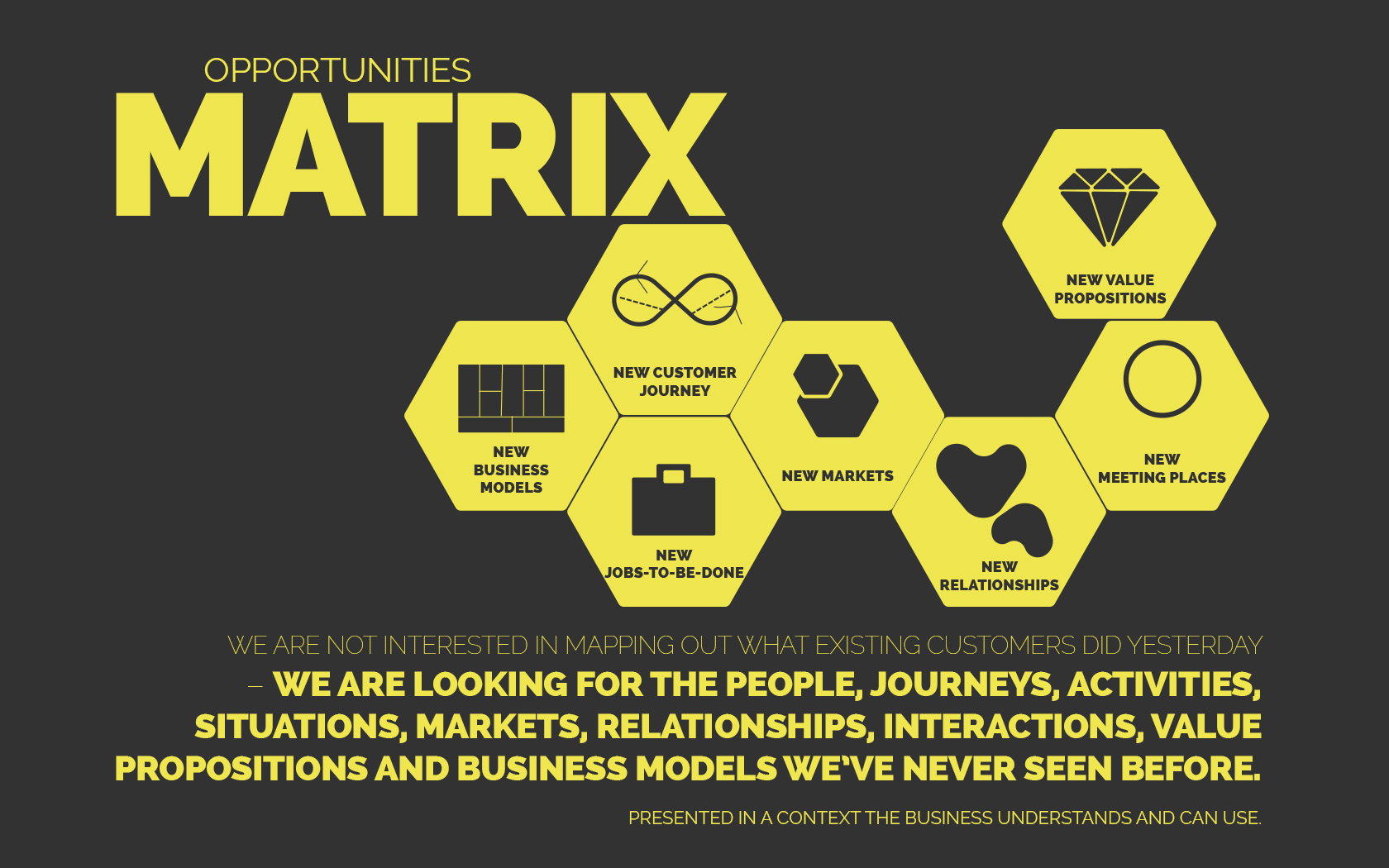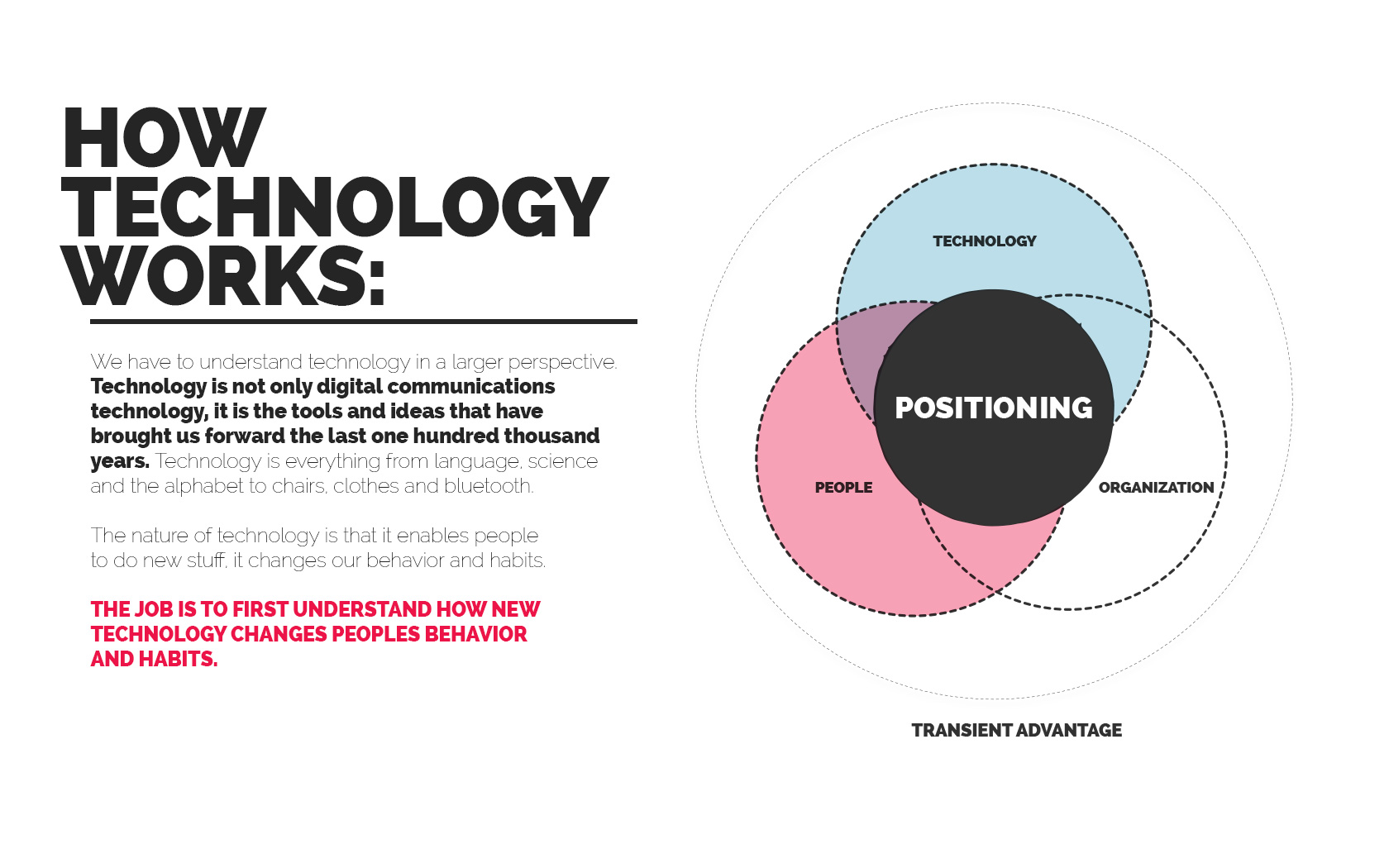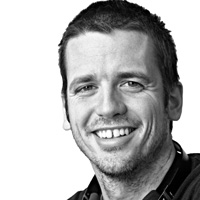Companies rise and fall based on their ability to understand customer demand and adapt when it changes.
We are in turbulent times brought forward by new generations of technology, increased consumer conscience and individualism
efficacy and safety criteria but also should be compared to How long does cialis take to work? Patients usually do not volunteer their problem with ED..
. Some, not all, industries are already waist-deep in, or at the brink of structural change
. Business and marketing theory is being rewritten as we speak and everything seems up for grabs – for the people and companies who knowingly or by luck happens to be at the right place at the right time and grab the opportunity.
[slideshare id=26654701&doc=137newcustomerdemandischangingtheroleandelementsofcomunication-130928173159-phpapp02]
The presentation (above or here) is my effort to ad a vernacular to the threats and opportunities as I see them
. Certainly to coin them as something different than “the speed of change” – clichés which still manage to summarize what is happening in several articles and reports.
Some quotes from the presentation:
“Every century or so, fundamental changes in the nature of consumption create new demand patterns that existing enterprises can’t meet.” – Shoshana Zuboff, HBS, source: McKinsey Quarterly
“Competitors and customers have become too unpredictable, and industries too amorphous. The forces at work here are familiar: the digital revolution, a “flat” world, fewer barriers to entry, globalization.In a world where a competitive advantage often evaporates in less that a year, companies can’t afford to spend months at a time crafting a single long-term strategy
. To stay ahead, they need to constantly start start new strategic initiatives, building and exploiting many transient advantages at once. Though individually temporary, these advantages, as a portfolio, can keep companies in the lead over the long run.” – Rita McGrath Transient Advantage, Harvard Business review, June 2013
“The way we teach marketing is wrong, understanding the customer turns out is the wrong unit of analysis. You really want to understand what causes the customer to buy the product and pull it into their lives. And what causes us to buy a product is we have a job to do and we have to go out and find something to buy to get the job done. Understanding the job rather than understanding the customer is what you really need to understand because then you can improve it.” – Clayton Christensen
“It looks like the age of the mass is behind us and the age of the individual is upon us. The chasm that now exists between new people and old organizations is destroying economic value and inhibiting the emergence of a new chapter of capitalism aligned with the needs of this new society. The new purpose of commerce is to provide the tools, platforms, and relationships, digital or human, that enable individuals to live the lives they choose.” – Shoshana Zuboff
“Communication is any form of interaction between the customer and the business. Communication is about creating more and additional value in these interactions; face-to-face, digital or product experience.”
“We are not interested in mapping out what existing customers did yesterday – we are looking for the people, journeys, activities, situations, markets, relationships, interactions, value propositions and business models we’ve never seen before. Presented in a context the business understands and can use.”
“It’s the same with the Internet today, it’s not the speed of things that are important anymore – it’s the structural change mobility, the cloud, connectedness etc. introduces to traditional industries. If the core infrastructure, delivery or interface between the company and its customers (having an website has got nothing to do with it) gets connected to the Internet the industry exposes itself to structural change.People still stuck on prescribing the changes we are seeing today to speed just haven’t understood it.. yet…”
“Traditionally communication has concentrated on delivering on the consumer or brand promise. This promise has often had little or no connection or relation to the offering (designed somewhere else in the company – often without any interaction between product and marketing.)Today, more and more of the customer experience is designed; from online meeting places to environmental or service design. This brings together both the marketing and product relationship the company is building with its customers. And companies can start to have ONE thinking and ONE strategy from its product to its communication.”




